Pans, cloches, vessels – we take a look at some of the options for bread bakers looking for the best pan.
Pro bakers and bakeries have access to combi ovens that inject steam right into the oven chamber. These provide great results for bread crust and expansion. Home bakers don’t tend to have this luxury. They can improvise with trays of water, ice cubes etc. but the common oven will leak steam easily. It’s difficult to contain, trap and focus steam in the same way as a combi. That’s where bread pans come in. Specialist bread pans develop this process and package it for the domestic baker. If you like to bake amazing bread and loafs, but not on a commercial scale, then a bread pan is perfect for you.
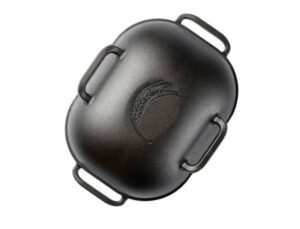
Challenger Bread Pan
Design of the Pan
The first thing you’ll notice about the Challenger Bread Pan is the rounded, dark form. Perfectly suited for breads of any kind, the lid curves round to wrap your bake and keep the heat source close.
A heavy lid sits firm to ensure the forged iron vessel locks in steam. Steam is essential for sourdough baking. It keeps the crust, or skin, hydrated and allows dough to expand. Surface sugars are drawn too which helps towards a golden crust.
Unlike a pot, the Challenger pan provides 4 large handles with which to steady it. There’s enough space to fit oven gloves, and careful positioning of each handle ensures the total pan surface is not awkwardly extended.
The Challenger locks in steam well and keeps it concentrated around your dough.
Materials
The pan is made from cast-iron. Small amounts of carbon, sulphur, phosphorous and manganese have been carefully added to aid performance. The iron promotes even heat distribution, so there’s no chance of a soggy bottom here! Iron is strong and will last a lifetime. It’s a little heavy though at 9.9 kg.
Usage
We’ve tested the Challenger pan a few times now and found using it in a simple gas oven a breeze. Generally, we found this to be the best plan for setting oven temperature:
-
- Heat the pan at 475 degrees for 40-45 mins
- Cook at 450 degrees
- Remove the lid for browning as you like
Bread baked with the above guidelines had superb oven spring, a lovely crumb and a golden inviting crust!
Verdict
If you’re not inclined to bake bread all the time, you can use the base to roast. This is very handy indeed!
It’s a little heavy, but it’s a fair trade-off for the bread it bakes. The pan is quite costly too, but it should last a lifetime if looked after well. There’s no surface coating to erode and with a careful seasoning plan you should ensure it can be handed down through generations.
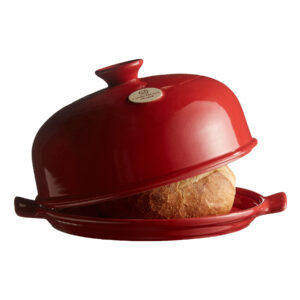
Emile Henry Bread Cloche
Cloche Design
The Emile Henry Bread Cloche comes in black or a bold burgundy red. A bell-like form is topped with a handy knob for revealing your bake or simply serving to eager dinner guests.
The smooth enamel coating gives the cloche a shine and shimmer. It will definitely catch an eye and begs for a reveal of what’s inside.
A large, oversized lid sits on a thin base. The base is great for ensuing no burning as you remove your baked bread. Impressively, it doubles up as a great pizza stone too.
Materials
The cloche is cast in ceramic, making it light-weight. This adds an element of convenience if simply using the cloche for serving. You can easily transport it to a table with ease, and it’s practical enough for regular storage of a sourdough loaf.
For the hardened baker, who bakes regularly, the ceramic could prove difficult to work with. Some care has to be taken when using it to avoid impact damage.
The cloche, or pan, bottom features a set of grooves. An enamel coating helps repel sticking and the surfaces can be easily wiped clean.
Emile Henry Bread Baker or Pan
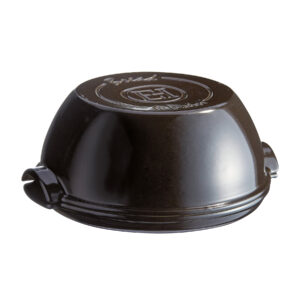
Design
Similar to the cloche, the Emile Henry Bread Baker Pan comes in black or a bold burgandy red. It doesn’t quite have the distinguishable character of the cloche, and it’s more minimal. The top has no protrusions, allowing the pan to be inverted.
Verdict
It’s a great pan for a baker on a budget who bakes fairly infrequently. We love the dual use when turning it upside down.
Further thoughts
What material should I choose for a bread pan?
If you’re baking regularly and prone to some knocks, then we’d suggest cast-iron for durability. It’s hard wearing, it’s also suited for roasting. However, if you’d like something lighter, that could double up as a serving dish, then ceramic is a great choice.
What kind of multi-purpose does it provide?
The baker by Emile Henry can be handily inverted to make a casserole dish or create a slow cooker. The Emile Henry cloche also has a thin base befitting of a great pizza stone. The cast iron base of the Challenger, doubles up a great skillet. These are questions you might need to consider when choosing your bread pan.
Sourdough Hydration Calculator Buy a Sourdough Starter Sourdough Recipes
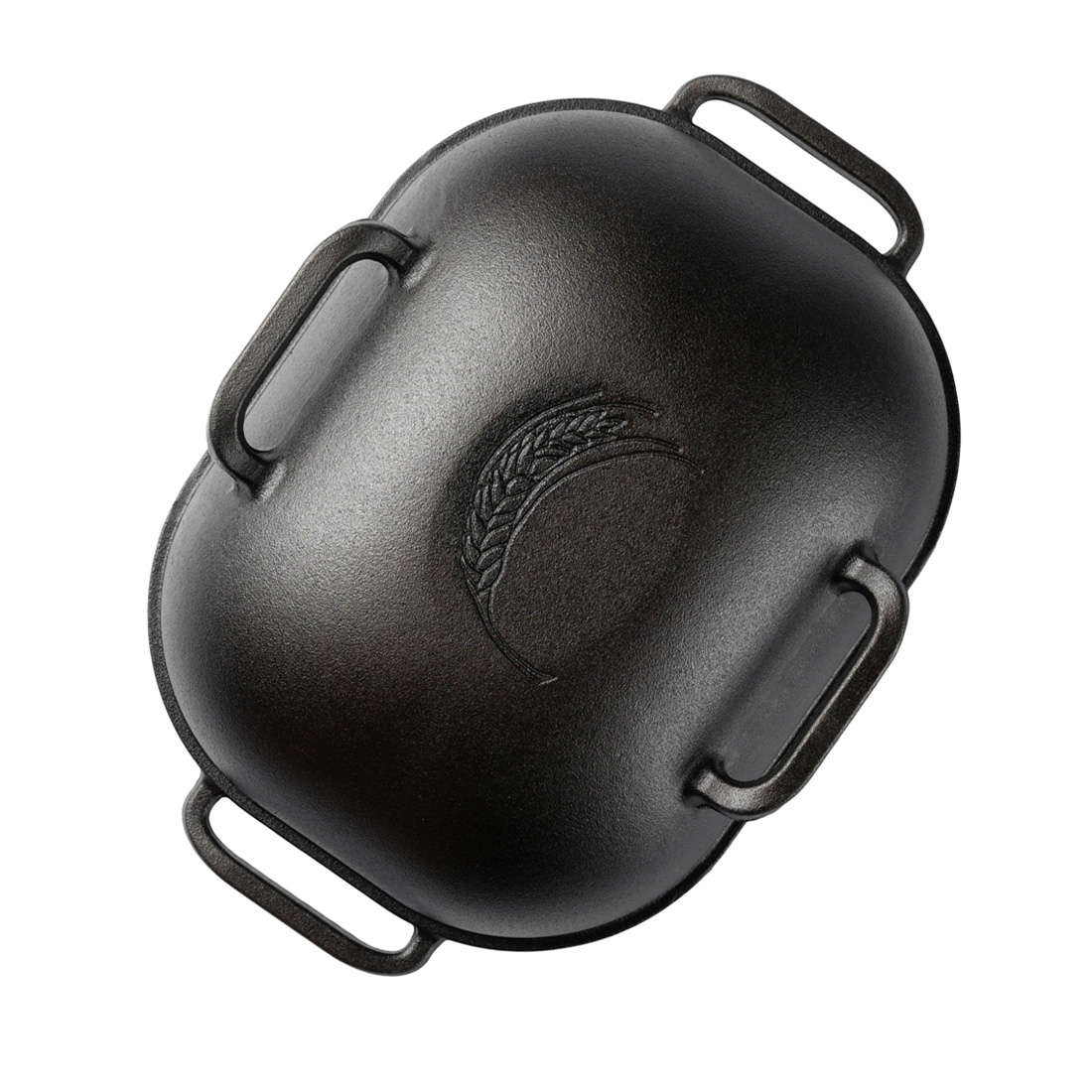 Challenger Bread Pan
Challenger Bread Pan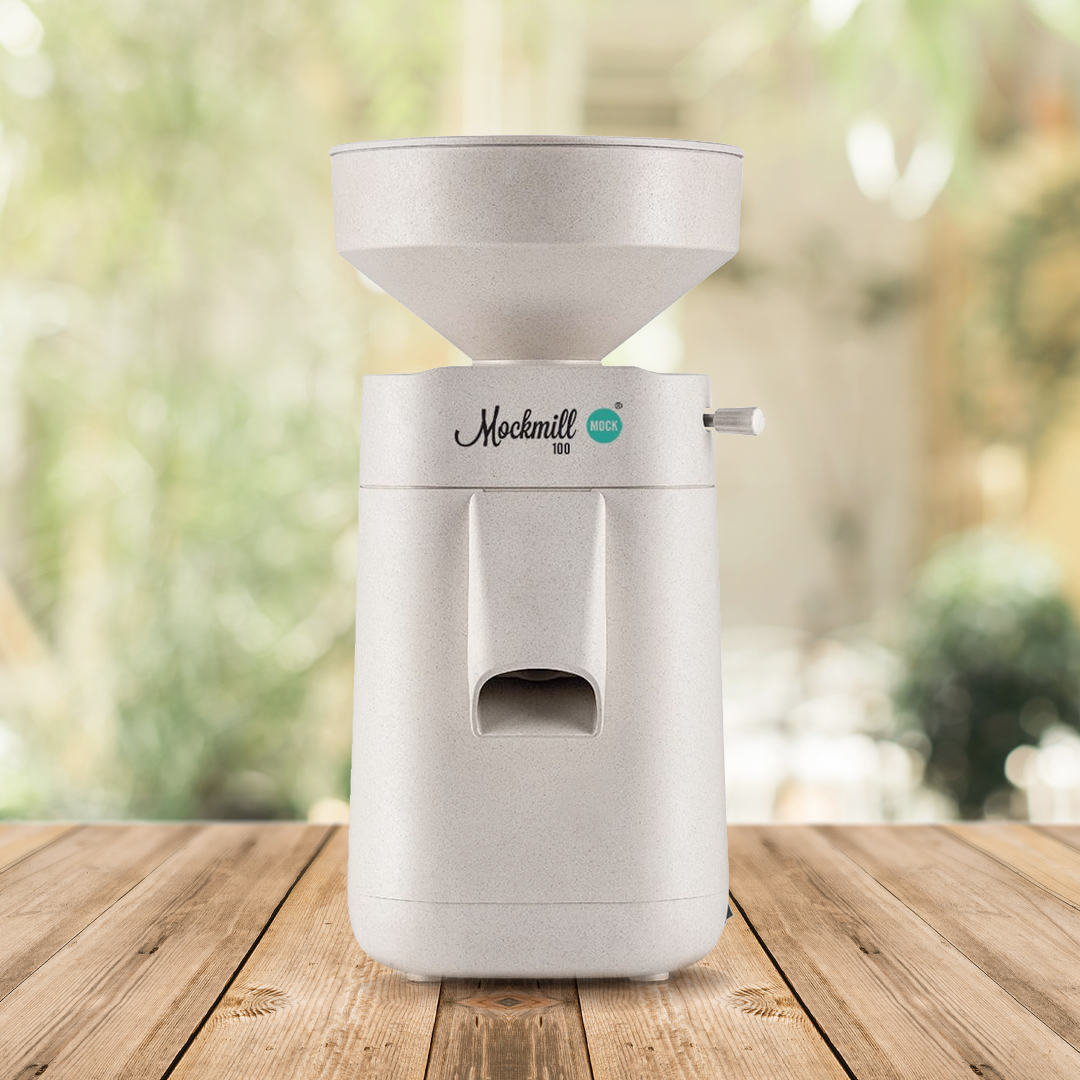 Mockmill 100 Grain Mill
Mockmill 100 Grain Mill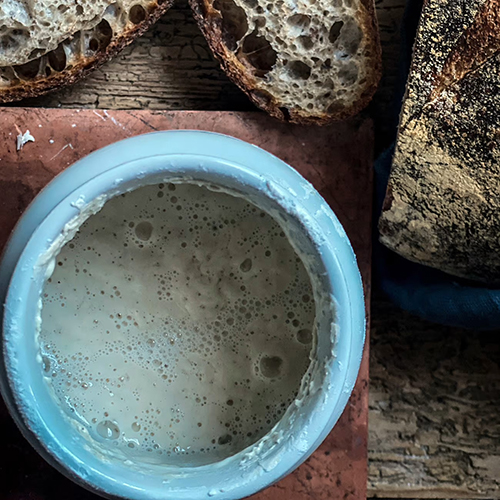 White Sourdough Starter Kit
White Sourdough Starter Kit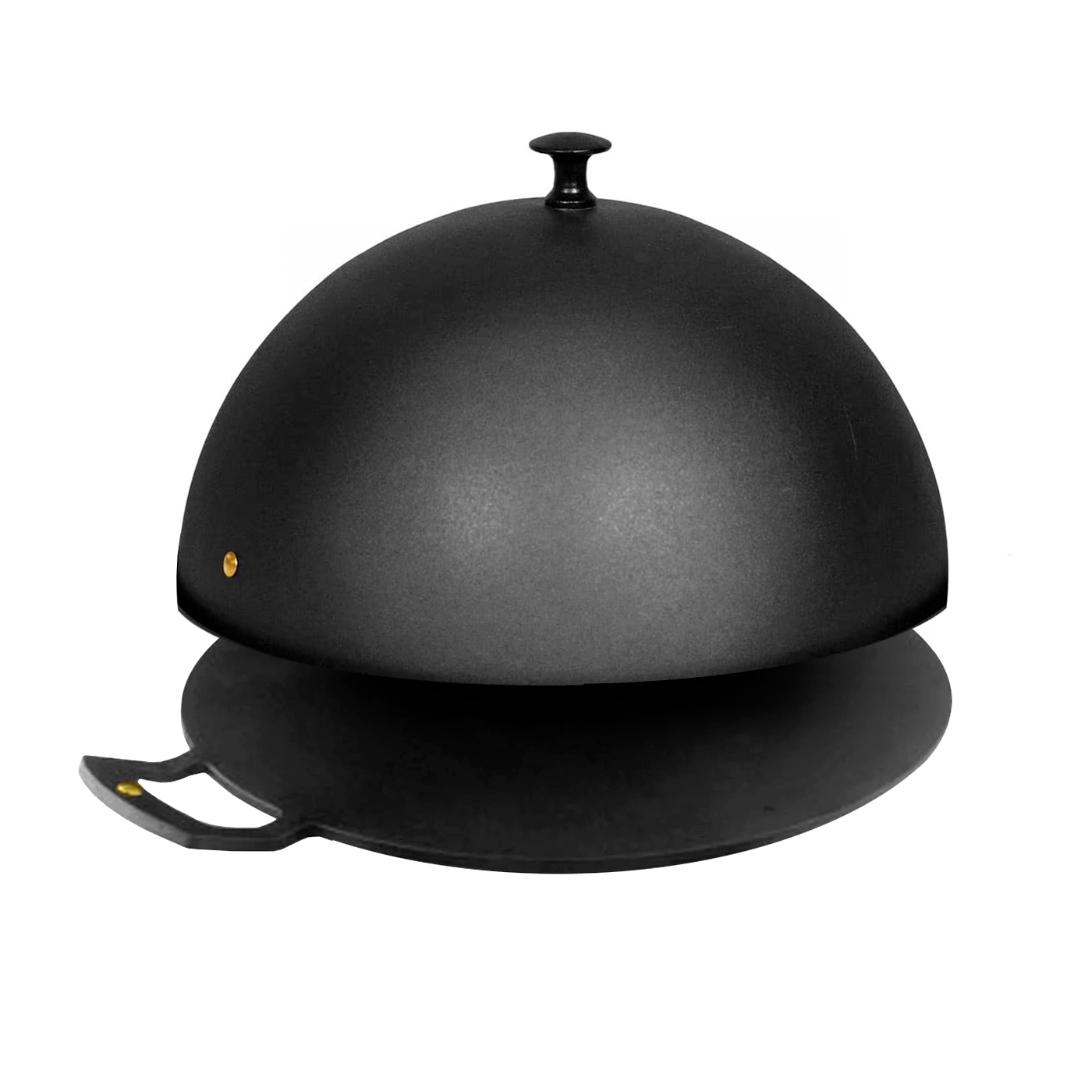 Netherton Foundry Bread Pan
Netherton Foundry Bread Pan
Leave a Reply